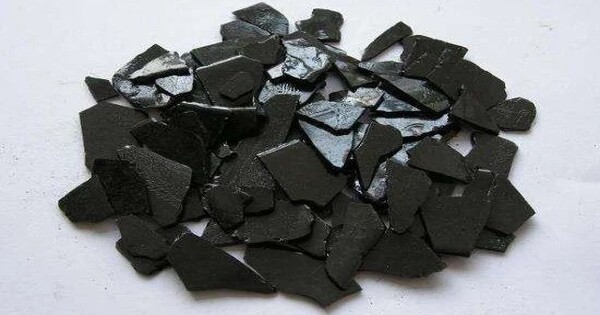Arsenic triselenide is an inorganic chemical compound with the chemical formula As2Se3. It has a molecular structure where each arsenic atom is bonded to three selenium atoms. The arrangement typically forms a network or polymeric structure. It is a dark red to brown crystalline solid. Its color and appearance can vary depending on the form and purity. It is sparingly soluble in water but soluble in organic solvents like carbon disulfide.
Arsenic triselenide exhibits semiconducting properties, making it useful in electronics and photonics. It has a relatively wide bandgap. It is transparent to infrared light and is used in infrared optics. It is relatively stable under normal conditions but can react with strong acids and bases.
Properties
- Chemical formula: As2Se3
- Molar mass: 386.756 g·mol−1
- Appearance: brown-black powder or metallic gray crystals
- Odor: odorless
- Density: 4.75 g/cm3
- Melting point: 377 °C (711 °F; 650 K)
- Solubility in water: insoluble
Occurrences
Natural Occurrence: Arsenic triselenide is found in nature as a mineral known as “arsenic selenide” or “arsenian selenide.” It is a rare mineral and is often found in association with other selenium and arsenic minerals.
Synthetic Production: It can be synthesized in the laboratory through chemical reactions involving arsenic and selenium compounds. It is commonly produced by heating arsenic and selenium together in a controlled environment.
Applications
- Semiconductors: It is used in thin-film solar cells and other electronic devices due to its semiconductor properties.
- Optoelectronics: It is utilized in devices like photodetectors and infrared optical systems.
- Glass and Ceramics: It can be found in certain specialty glasses and ceramics where its unique optical properties are beneficial.
















